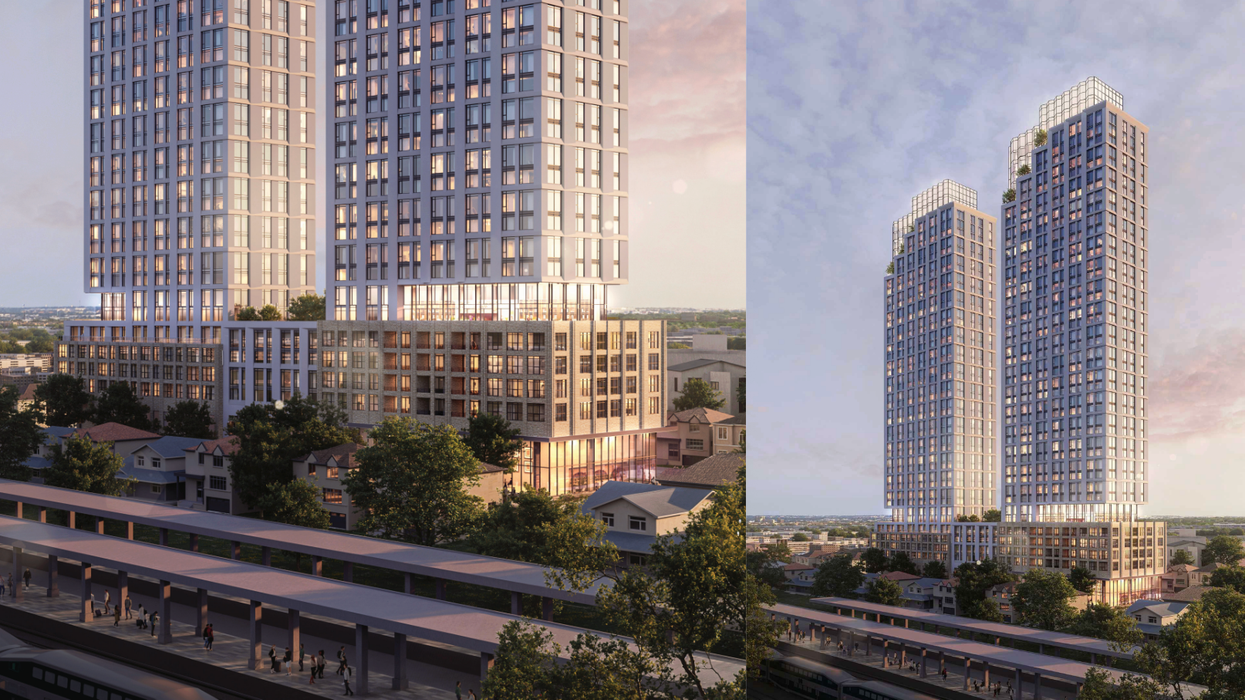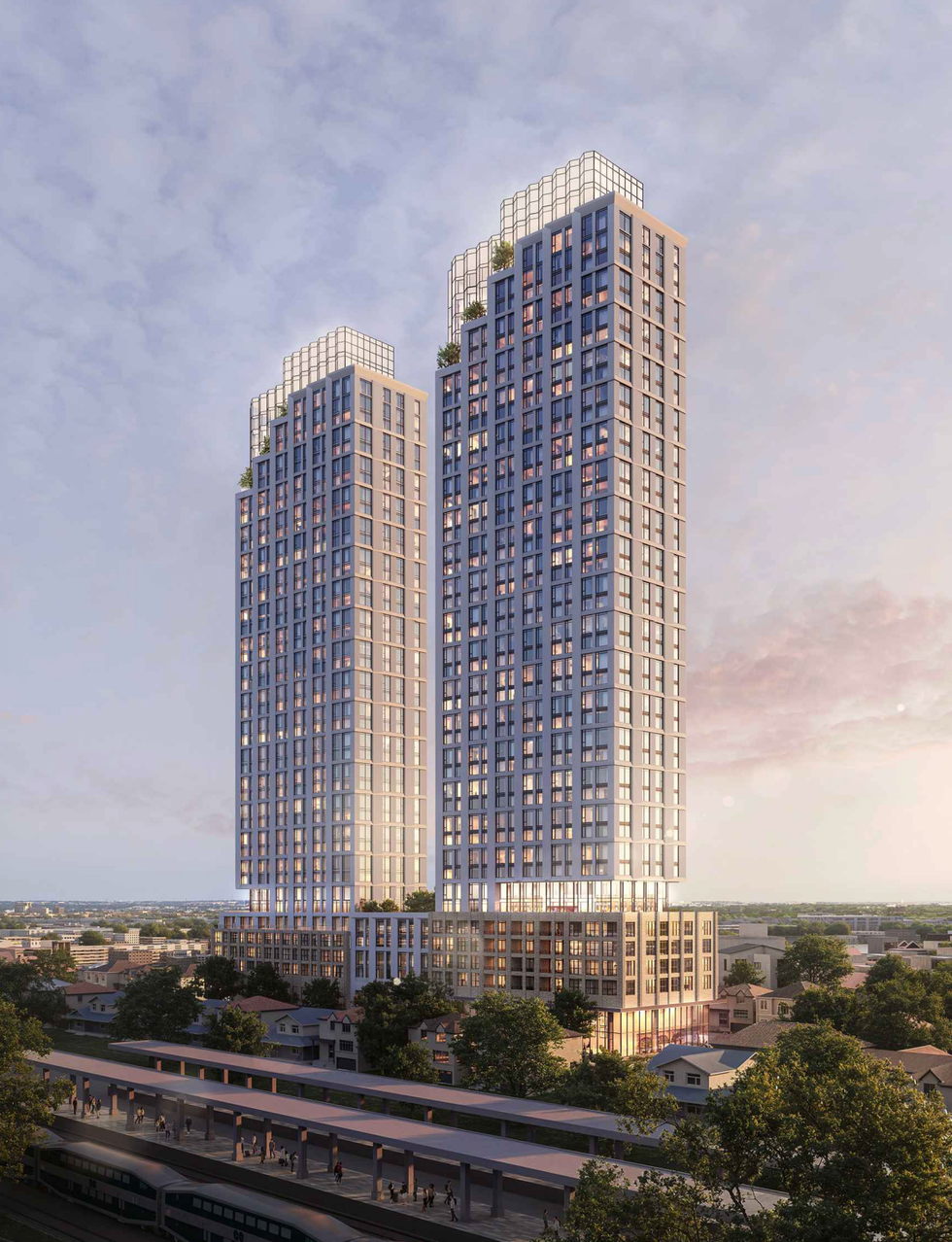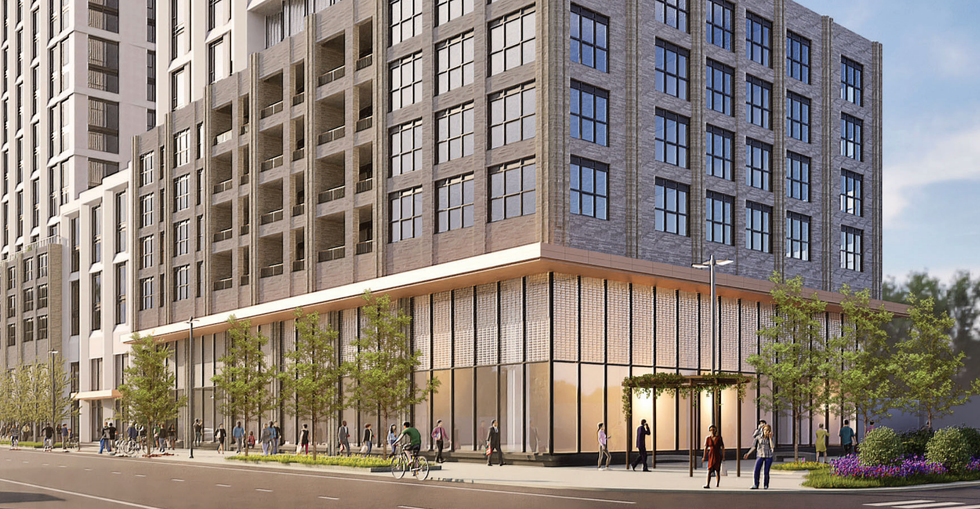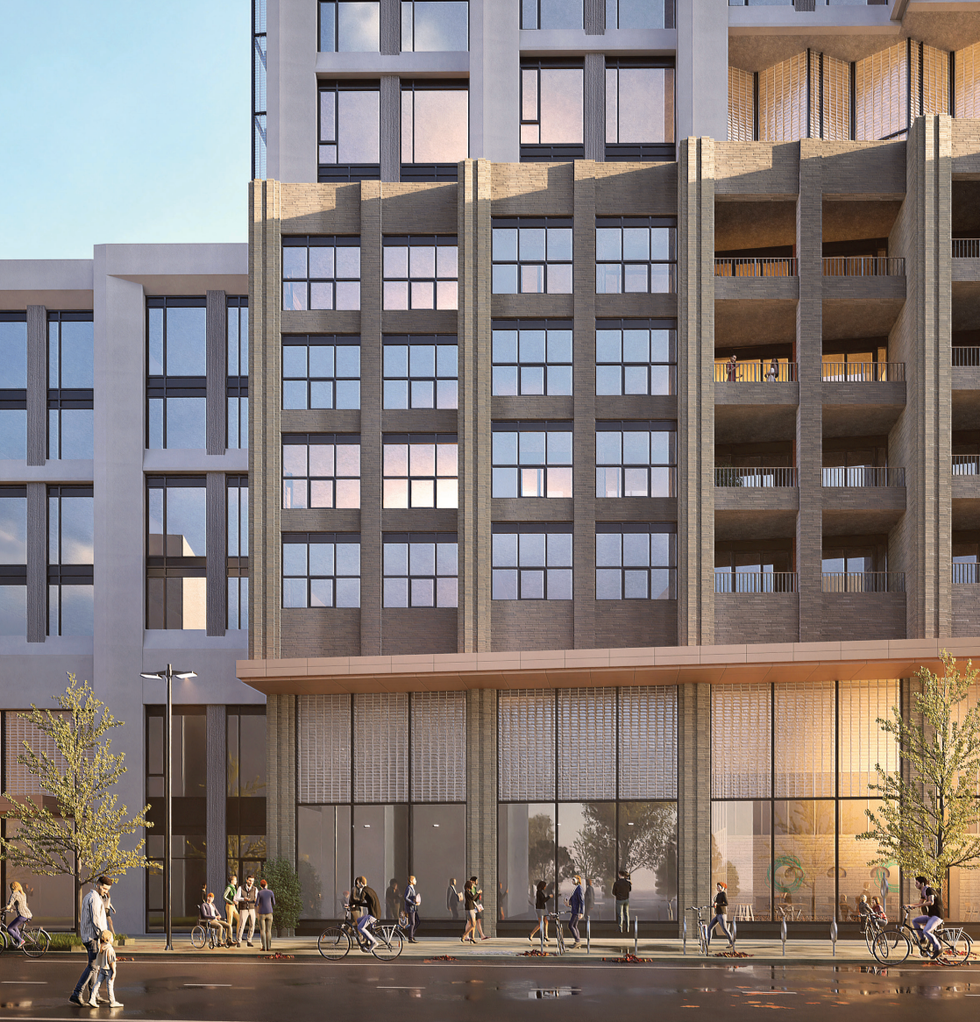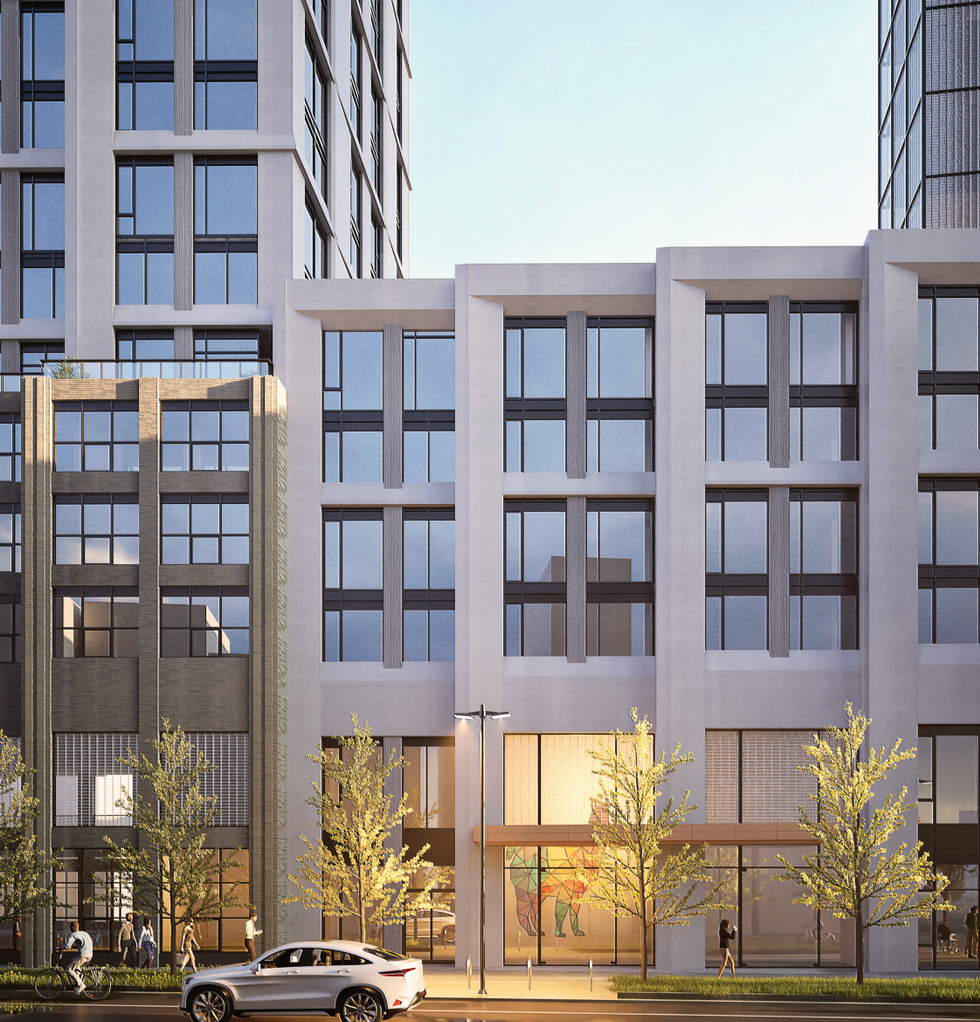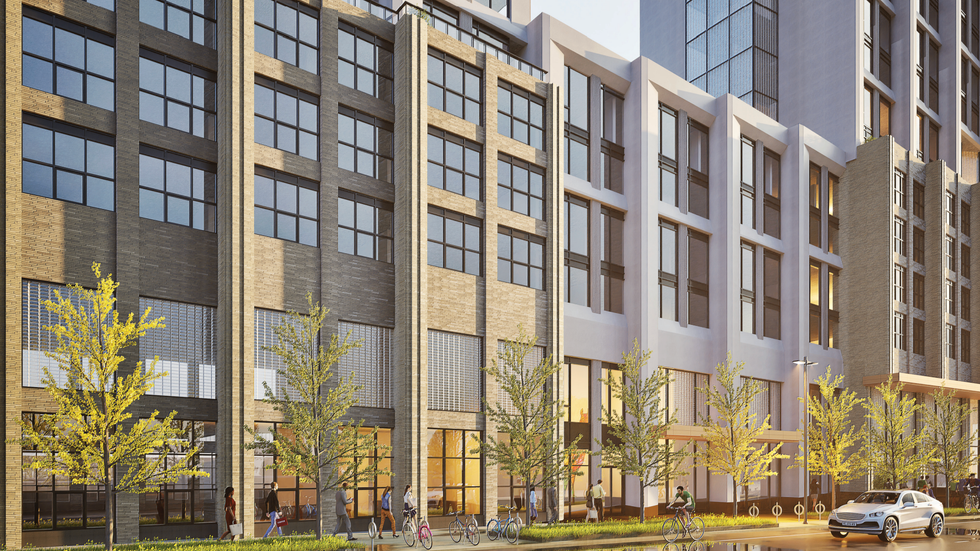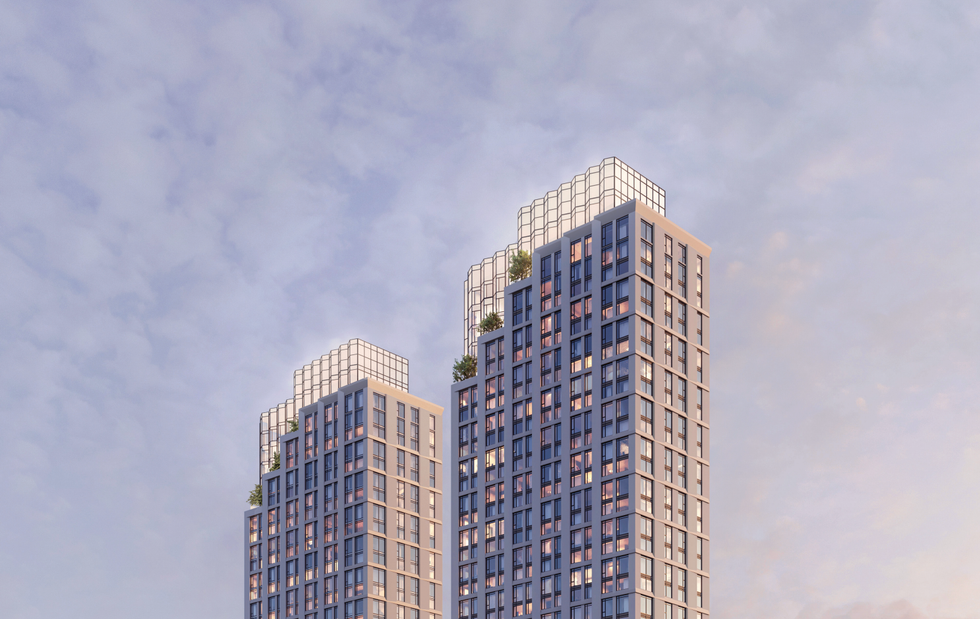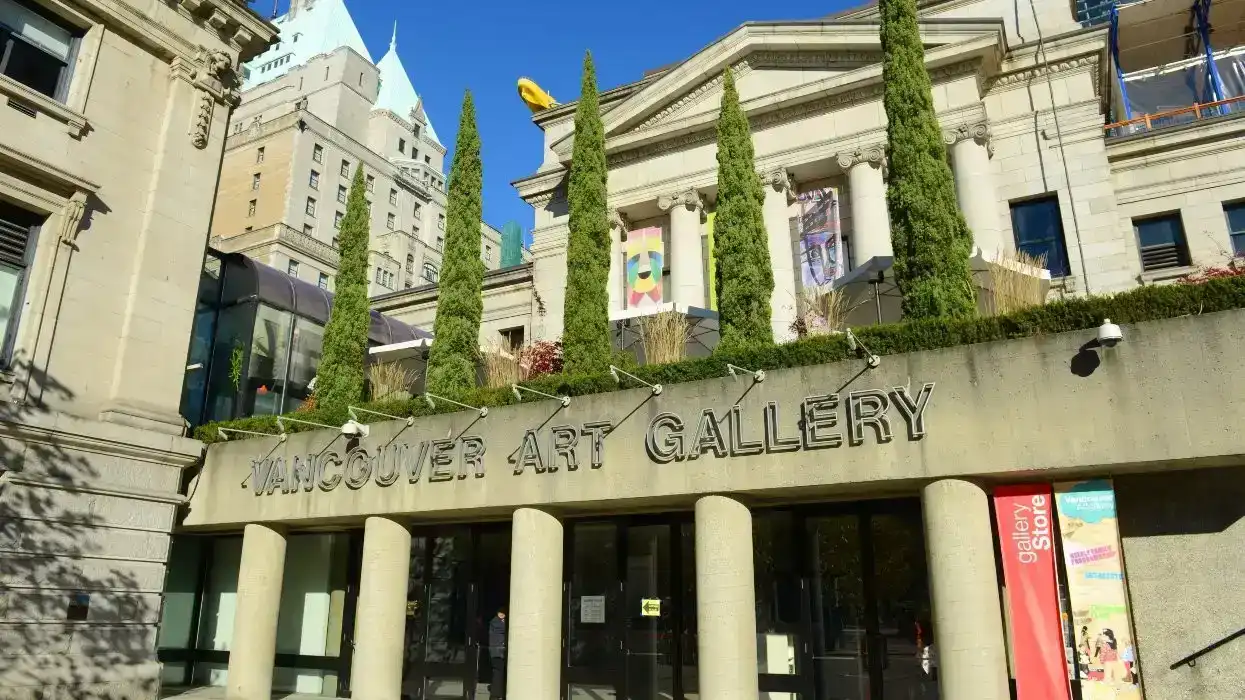Depreciation
Explore how depreciation works in Canadian real estate, how it affects insurance, investment taxes, and how it’s calculated for assets and property value.

May 22, 2025
What is Depreciation?
Depreciation is the reduction in the value of a property or asset over time due to wear and tear, aging, or market conditions.
Why Depreciation Matters in Real Estate
In Canadian real estate, depreciation plays an important role in property valuation, insurance claims, investment accounting, and taxation.
Depreciation affects:
- Actual Cash Value (ACV) of insurance claims
- Capital cost allowance for rental properties
- Resale value and maintenance planning
For investment properties, the Canada Revenue Agency (CRA) allows owners to claim depreciation (called capital cost allowance) as a tax deduction, although it may affect capital gains tax on sale.
Understanding depreciation helps owners plan maintenance, assess insurance claims, and track asset value over time.
Example of Depreciation in Action
An older furnace is worth less today than when it was installed. Depreciation is deducted from its value in an insurance claim after a fire.
Key Takeaways
- Reflects wear and aging over time.
- Lowers insurance payouts under ACV.
- Impacts taxes for investment properties.
- Important for asset and claim evaluations.
- Can affect resale value.
Related Terms
- Actual Cash Value
- Capital Cost Allowance
- Replacement Cost
- Home Insurance
- Property Value
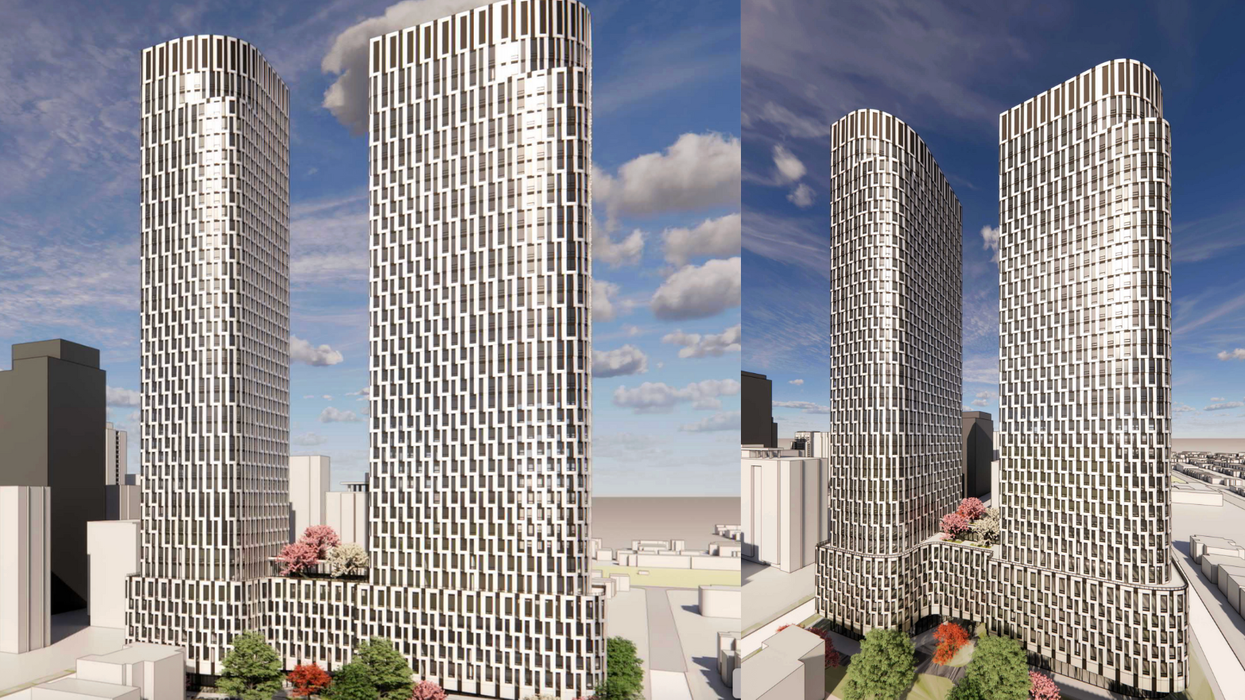
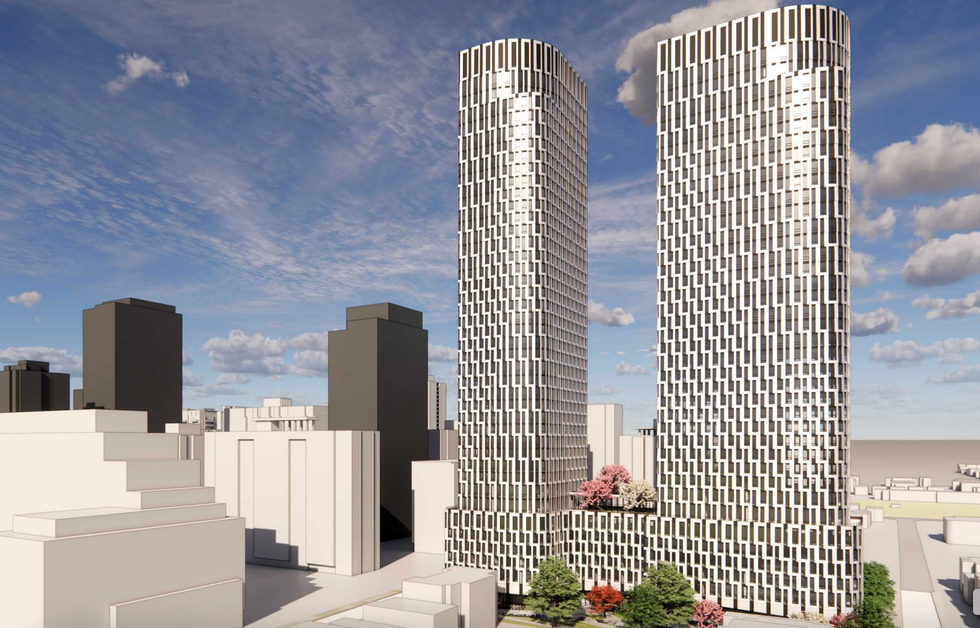

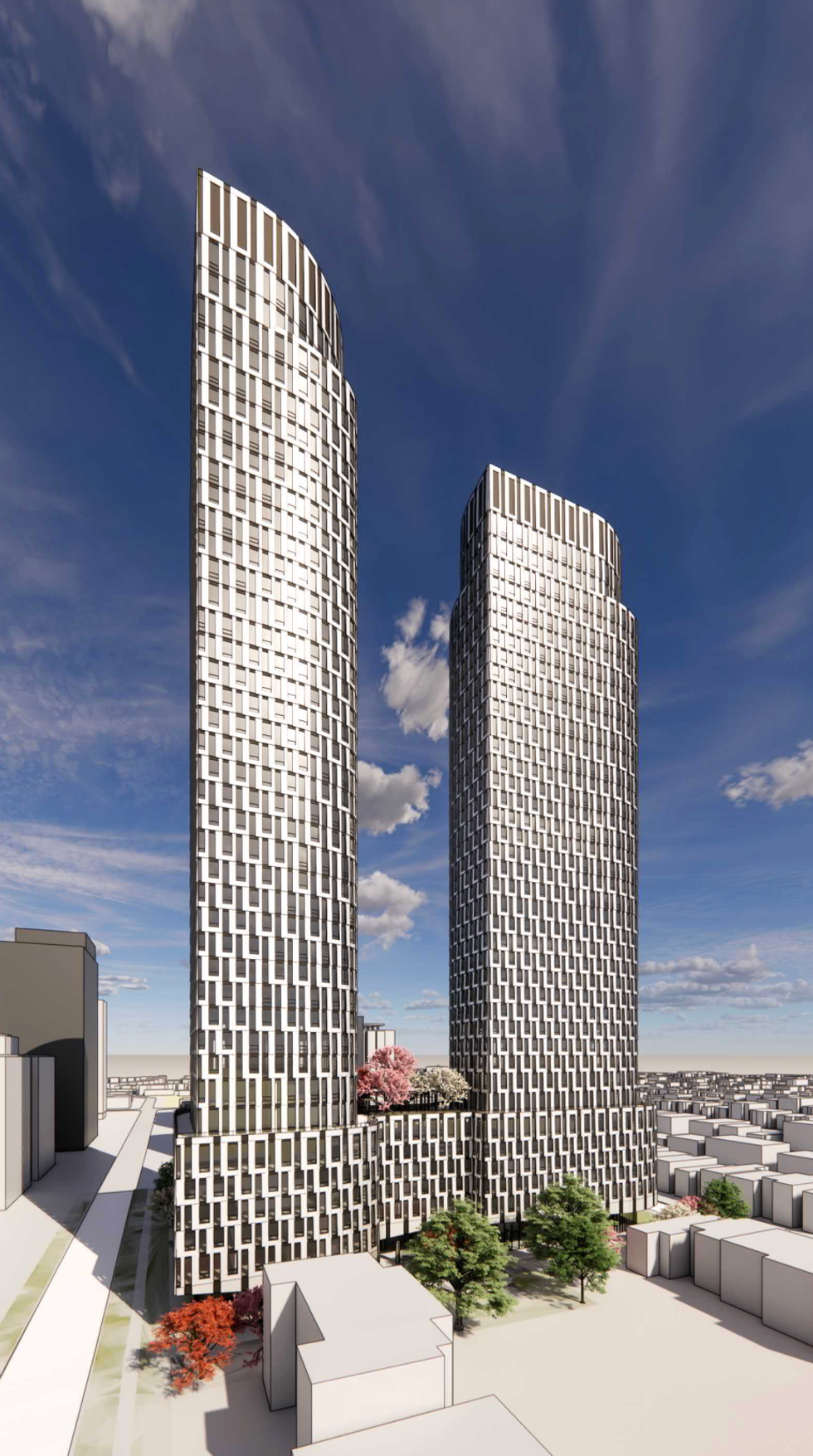
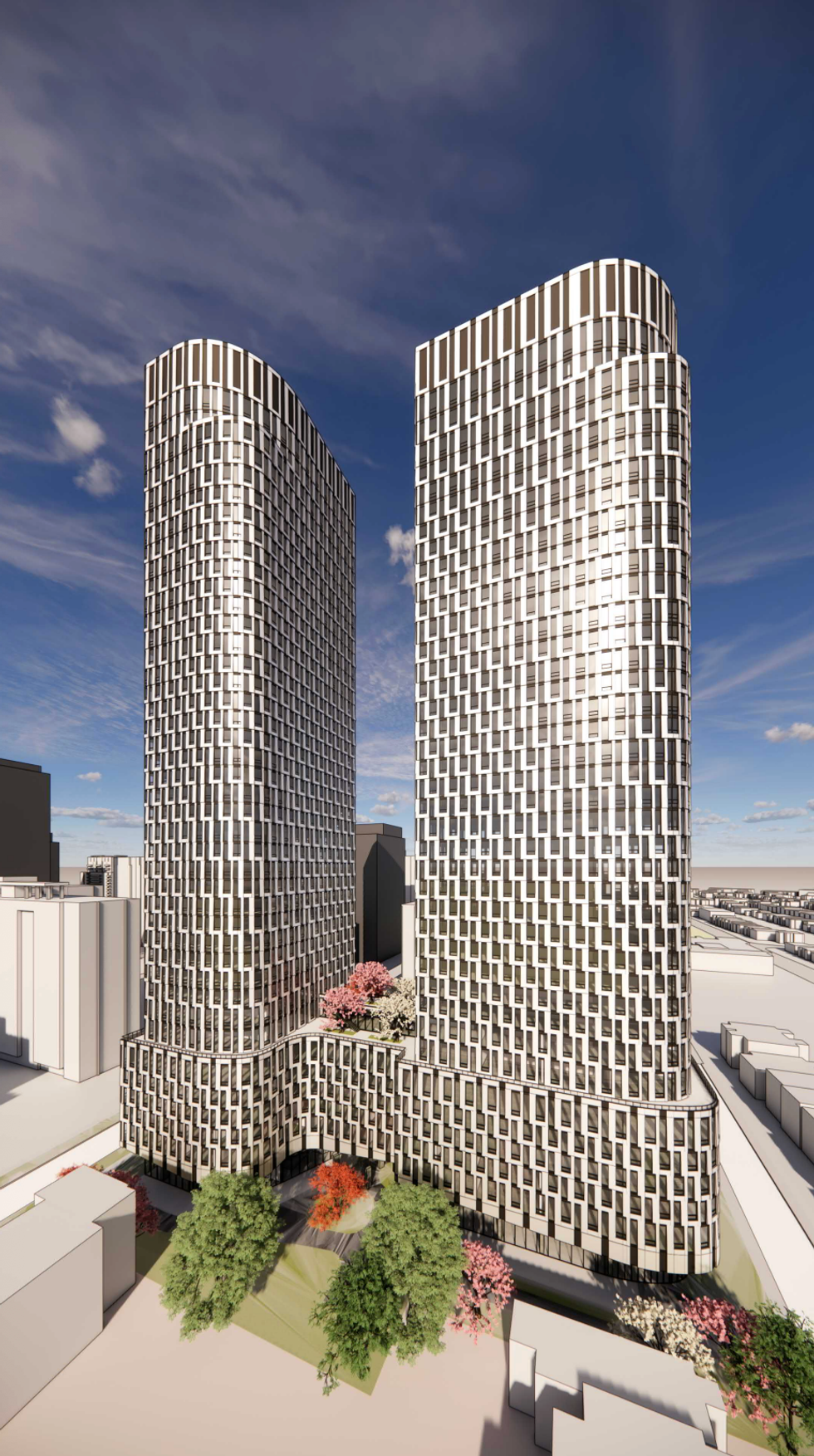
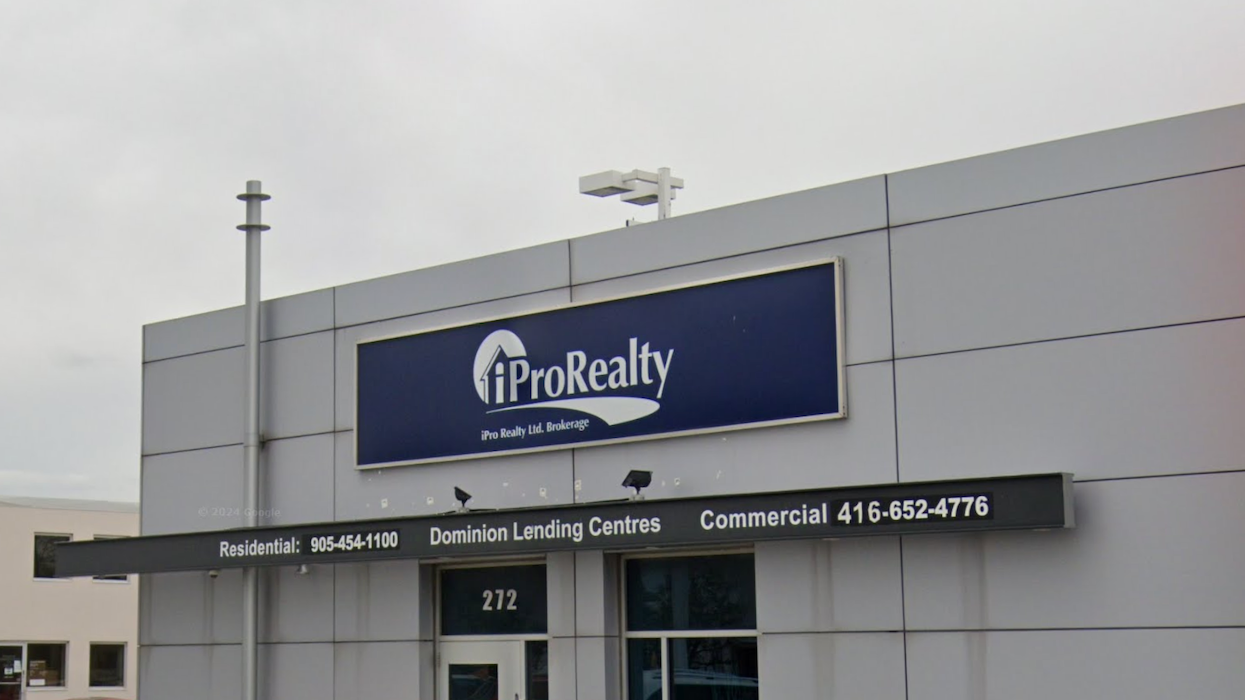

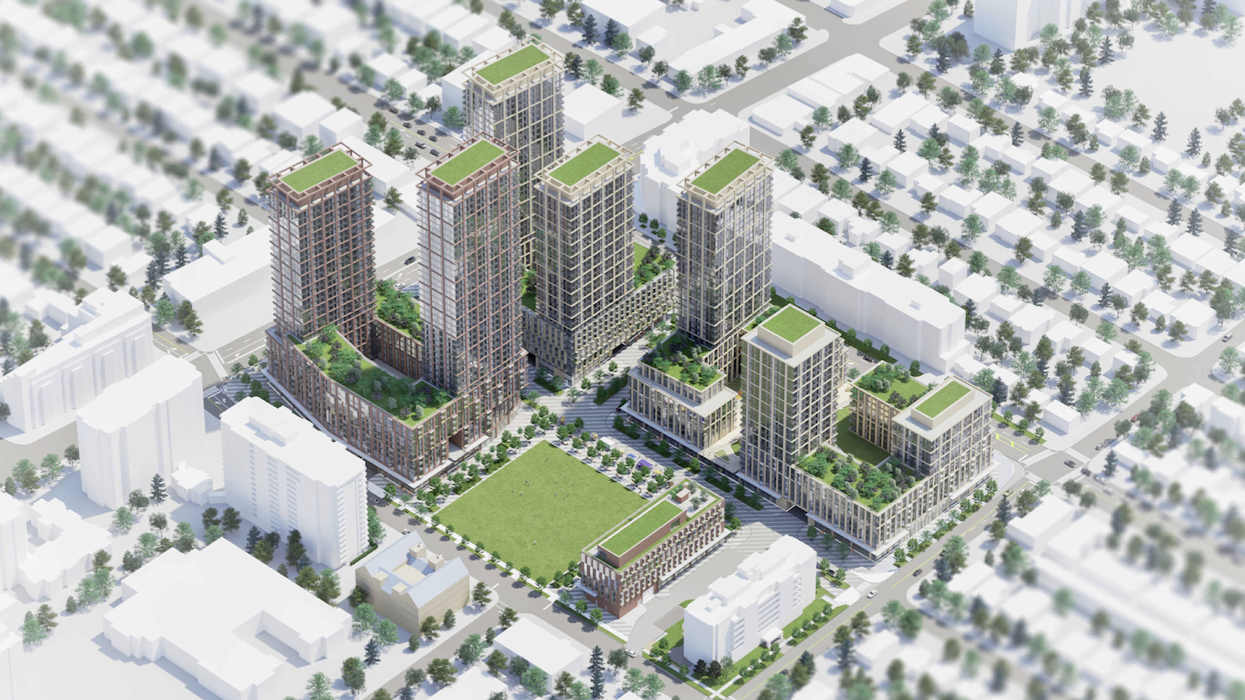
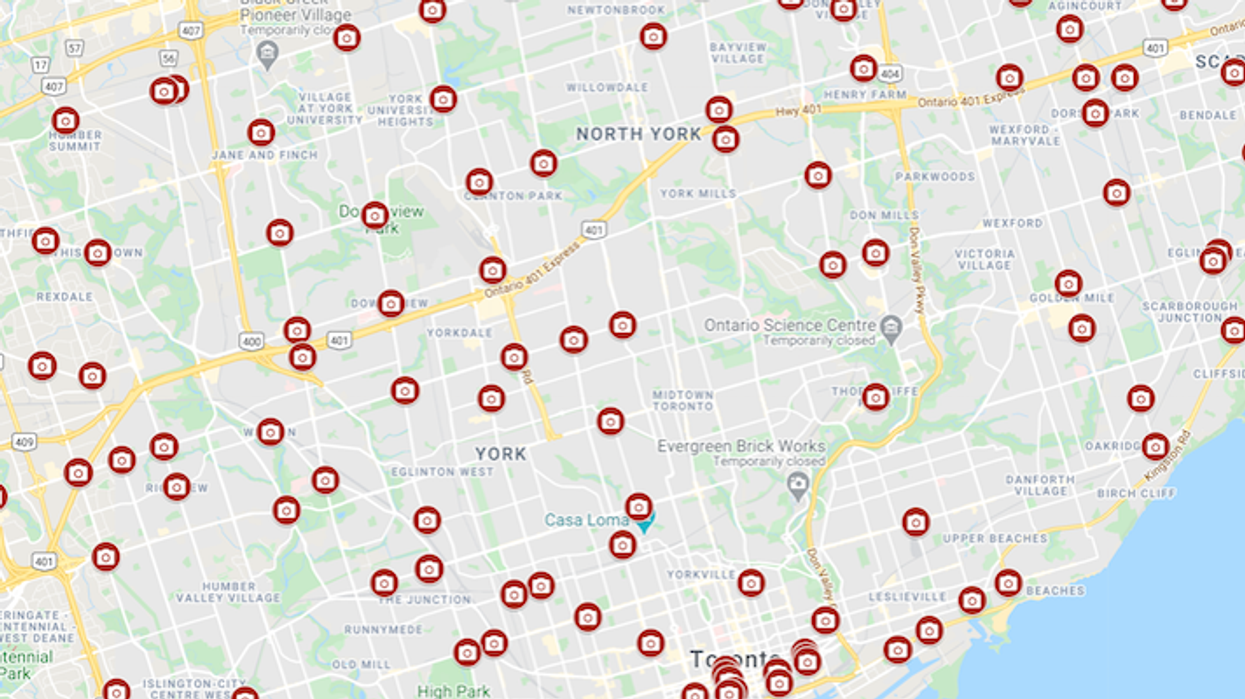
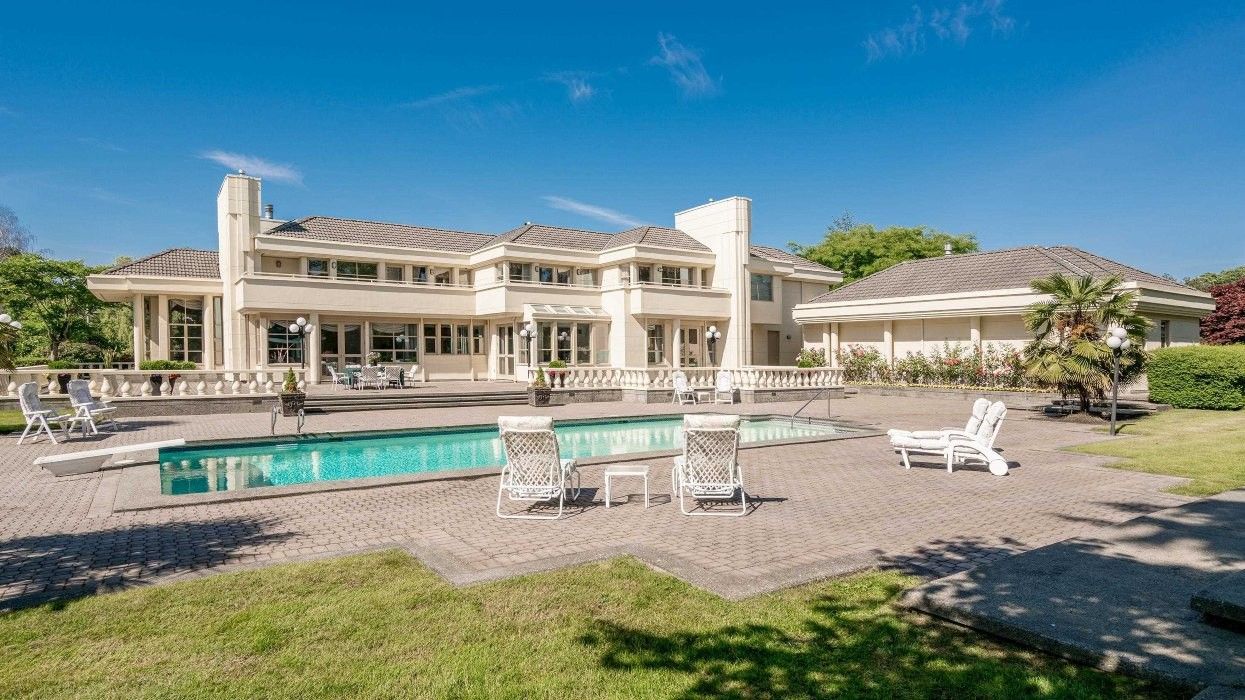
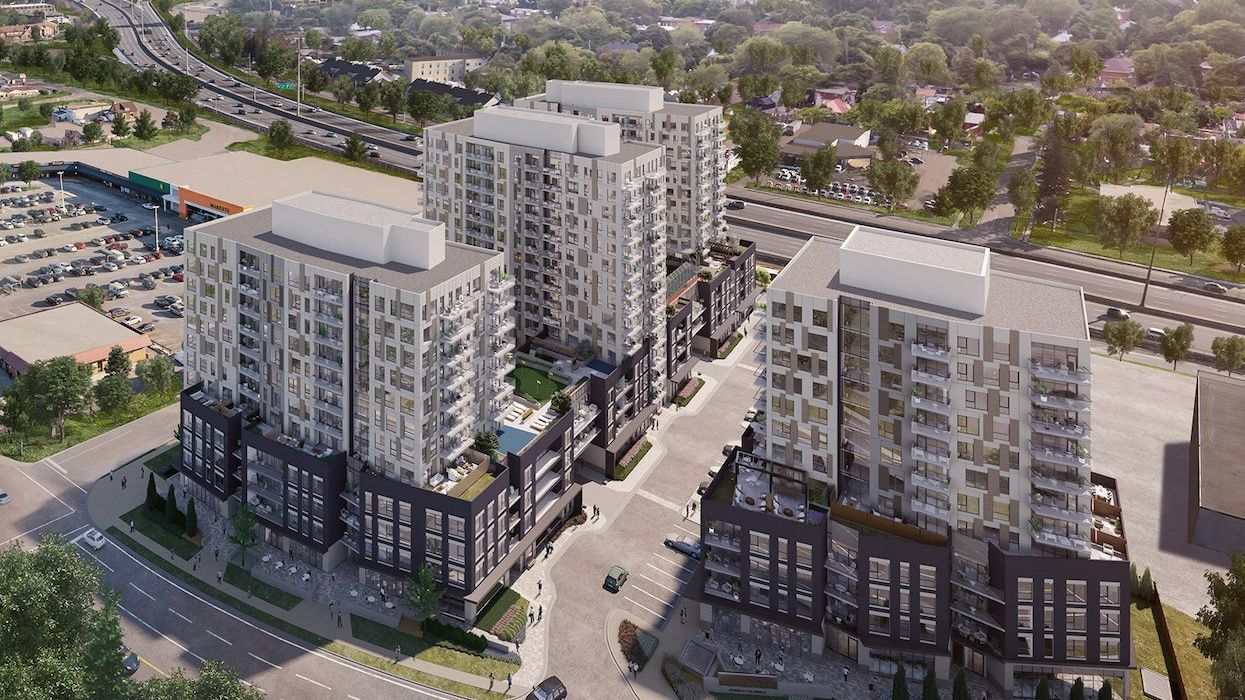
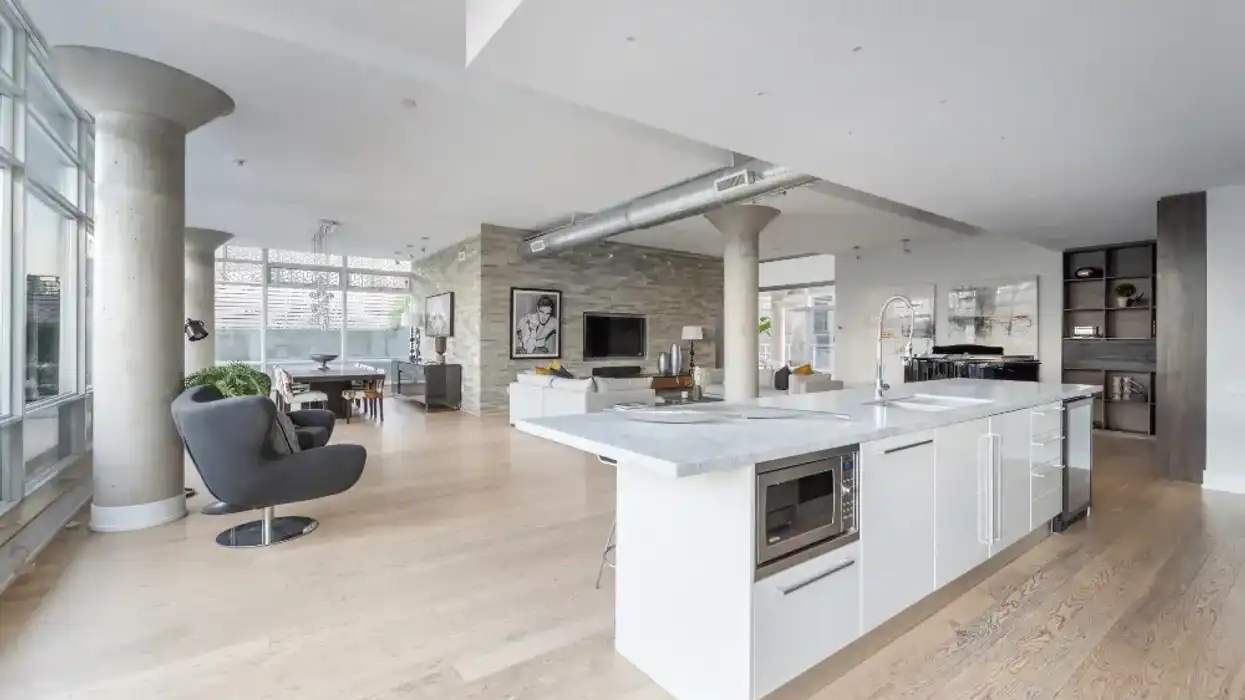
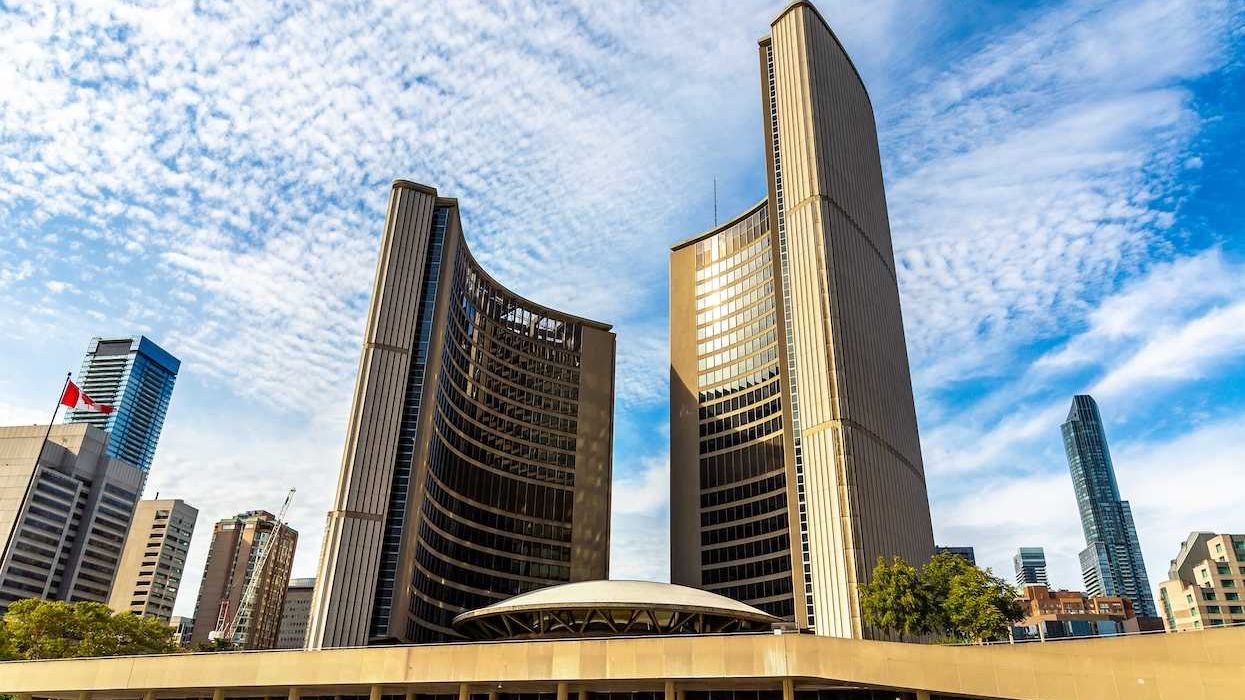
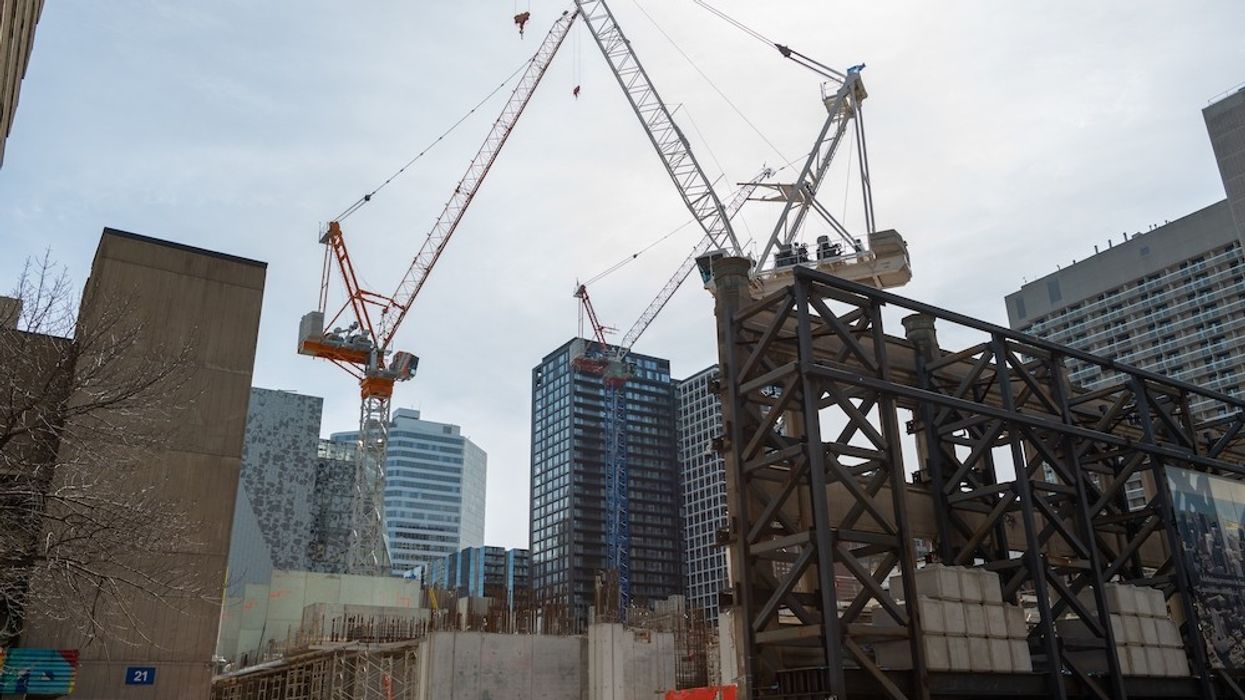
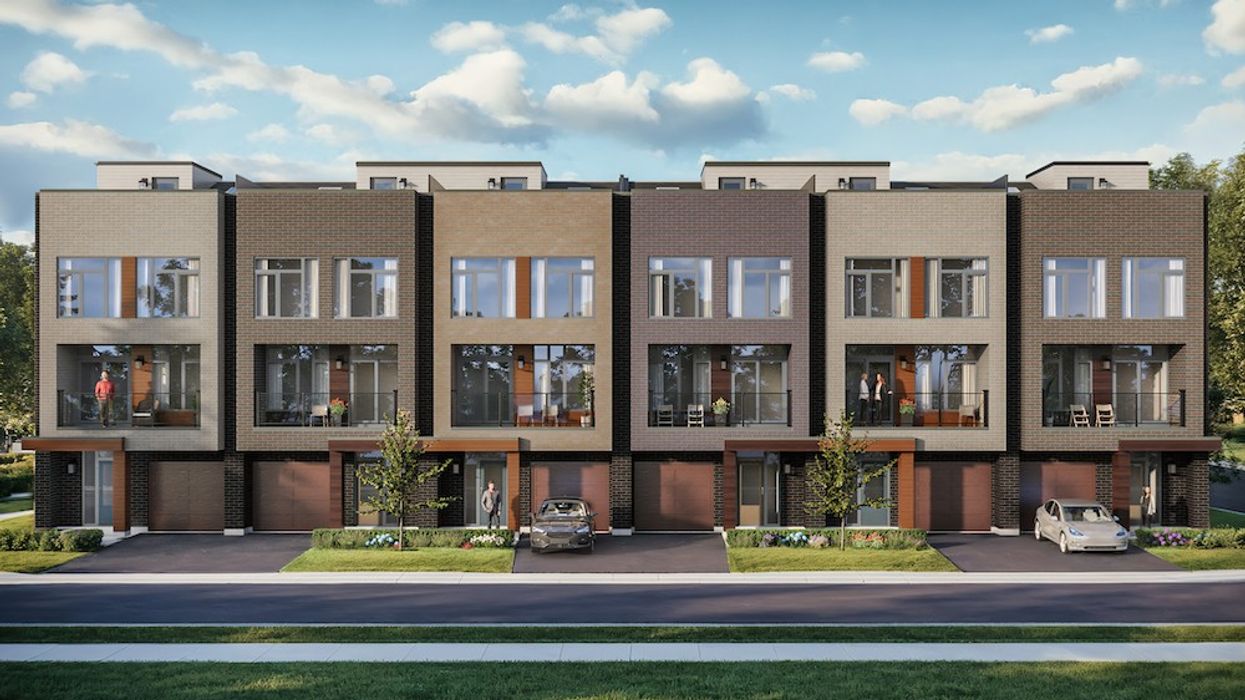
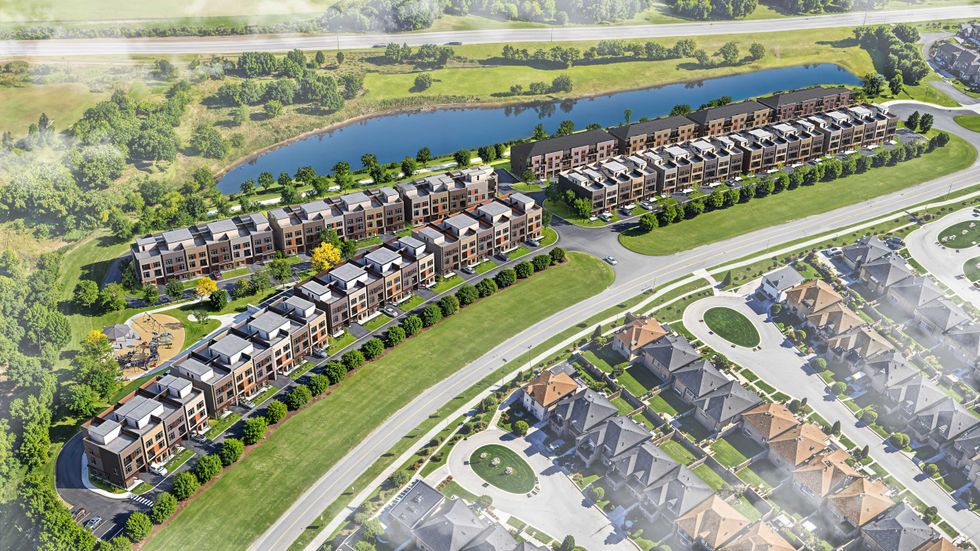 Camcos Living
Camcos Living Shutterstock
Shutterstock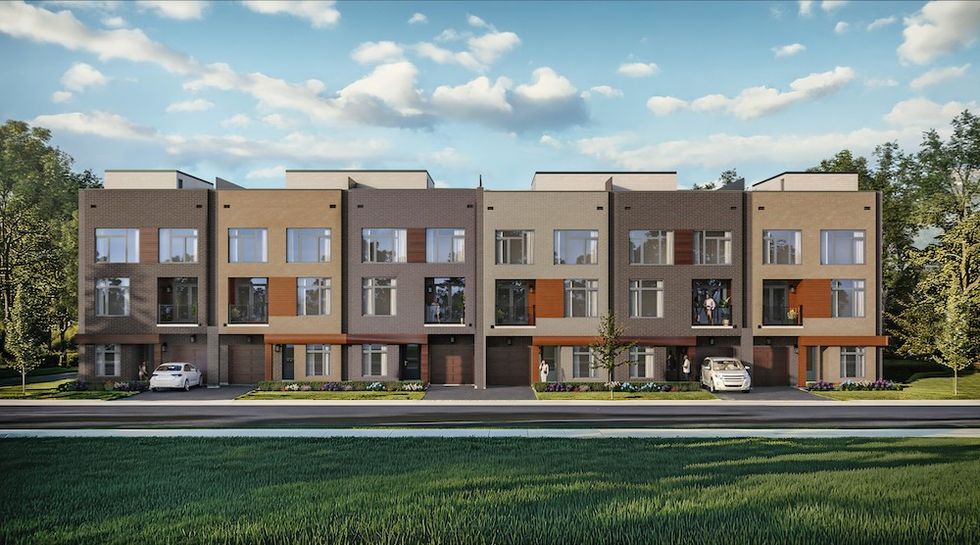 Little Rouge Block G/Camcos
Little Rouge Block G/Camcos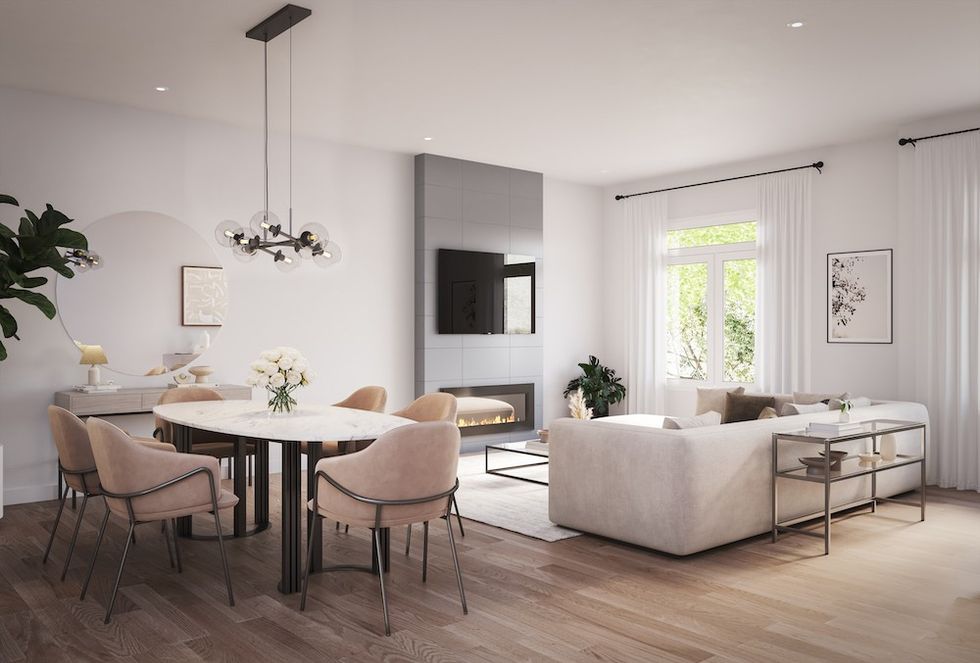 Camcos Living
Camcos Living Camcos Living
Camcos Living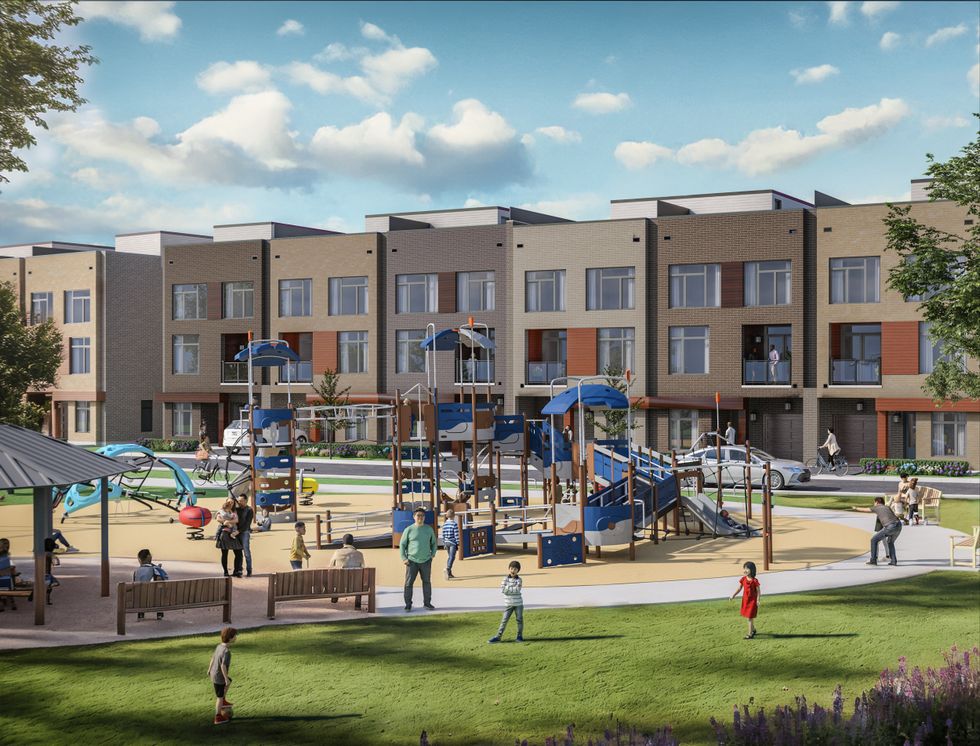 Camcos
Camcos
